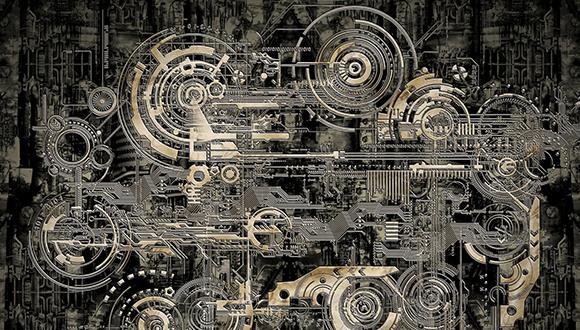Biomechanical Numerical Simulations of Calcific Aortic Valve Disease in Bicuspid Valves: New Biomechanical Modeling for Treatment Planning
~~
"ZOOM" SEMINAR
Monday, June 22, 2020 at 14:00
Biomechanical Numerical Simulations of Calcific Aortic Valve Disease in Bicuspid Valves: New Biomechanical Modeling for Treatment Planning
Karin Lavon
Under the supervision of Prof. Rami Haj-Ali and Prof. Ehud Raanani
School of Mechanical Engineering, Tel Aviv University, Tel Aviv, Israel
karinlav@mail.tau.ac.il
Bicuspid aortic valve (BAV) is the most common type of congenital heart disease, occurring in 0.5-2% of the population, where the aortic valve has only two leaflets rather than the normal three. Calcific aortic valve disease (CAVD) is characterized in stiffened valve leaflets, which rapidly leads to aortic stenosis (AS). BAV patients constitute more than half the patients diagnosed with CAVD, which progresses rapidly compared to tricuspid aortic valves. Transcatheter aortic valve replacement (TAVR) is a treatment approach for CAVD where a stent with mounted bioprosthetic valve is deployed on the stenotic valve. Performing TAVR in calcified BAV patients has been only recently performed off-label, and raise concerns stemming from the asymmetrical structure of the BAV, which can cause partial anchoring and paravalvular leakage (PVL). This research aims to develop and utilize a new and refined numerical finite-element simulations for investigating the development of calcification in BAVs, and examine potential minimal invasive treatment approaches for those patients, such as balloon aortic valvuloplasty and TAVR deployment.
The clinical part of this study introduces a new Reverse Calcification Technique (RCT) that generates spatial calcified densities from computed tomography (CT) scans of pre-intervention AS patients, and capable of predicting the CAVD progression that leads to the current stage. The different calcification patterns of BAVs were characterized based on acquired CT scans of calcified BAV patients, taken from Sheba and Rabin medical centers. The CAVD patterns were compared to previous disease stages revealed by the RCT and compared to selected patients underwent more than one CT procedure in their past. Fluid–structure interaction (FSI) simulations were employed on calcified BAV models representing four stages of the disease, in order to investigate the contribution of hemodynamics to the calcification development.
A calcification fragmentation biomechanical model is introduced to study the balloon-valvuloplasty procedure aimed at expanding AV root and increase compliance. Towards that goal, six stenotic BAVs with varied calcification patterns were modeled by embedding their calcium deposits inside a parametric model of the BAV. The calcification fragmentation was modeled by deploying a balloon catheter inside the calcified valves, and applying a failure criterion for the calcium medium. The cracking patterns were found to be correlated to the RCT and calcification development patterns, suggesting a relation between the two. The deployments of self and balloon-expandable TAVR devices Join Zoom Meeting
inside a calcified BAV were simulated as well (Evolut and Sapien 3 devices, respectively). Their PVL was also calculated by CFD simulations. The Evolut stent was characterized in asymmetric and elliptic deployment, with lower anchoring forces compared with the Sapien 3. The Sapien 3 and Evolut PRO had comparable PVL values, reduced in half compared with the Evolut R.
The proposed clinical and biomechanical computational models in our study are shown to be effective towards future BAV patient-specific simulations to improve future treatment.
~~https://zoom.us/j/96584758181?pwd=WC9PMXdsYzJ3NFdEN2Q5ZUtOZEVjdz09
The meeting will be recorded and made available on the School’s site.


